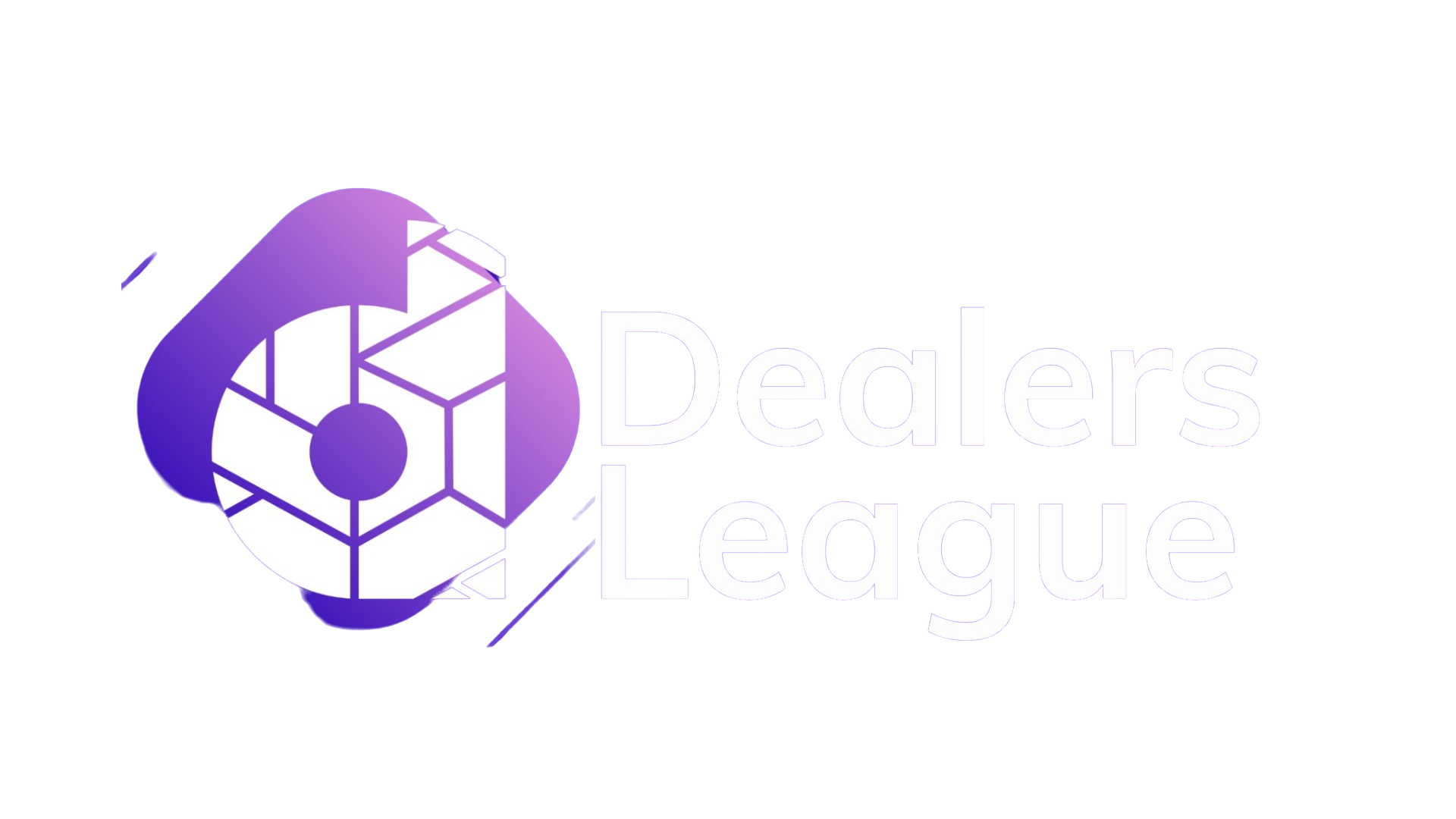What is EEAT?
In SEO, Google’s EEAT (Experience, Expertise, Authoritativeness, Trustworthiness) guidelines play a key role in content quality. Originally called E-A-T, the framework added “Experience” in 2022 to stress the value of content created by people with real involvement in a topic. This guide explains EEAT and shares clear steps to help your content meet these standards.
Table of Contents
The Four Parts of EEAT
- Experience
- What It Means: Direct participation in a topic, especially for content like reviews or how-to guides.
- Example: A fitness brand sharing client success stories.
- Action Step: Use customer feedback, case studies, or personal stories to show real-life involvement.
- Expertise
- What It Means: Proven knowledge in a subject.
- Example: A legal guide written by a licensed attorney.
- Action Step: Clearly state the author’s background in bios or link to their certifications.
- Authoritativeness
- What It Means: Being seen as a trusted source in your industry.
- Example: A cooking blog referenced by well-known chefs.
- Action Step: Earn backlinks by working with other sites, sharing guest posts, or creating well-researched content.
- Trustworthiness
- What It Means: A secure, honest website that users can rely on.
- Example: A clear privacy policy and easy-to-find contact details.
- Action Step: Use HTTPS, fix broken links, and update old content to keep it accurate.
Why EEAT Is Important
Google uses EEAT to prioritize helpful, reliable content, especially for topics that affect people’s health, finances, or safety (called YMYL: Your Money Your Life). Following EEAT helps your site rank higher and builds trust with your audience.
How to Apply EEAT
- Create Better Content
- Use original data, expert quotes, or real examples.
- Link to trusted sources like government websites or academic studies.
- Improve Your Site
- Add author bios with qualifications.
- Create an “About Us” page that explains your team’s background.
- Make sure your site works well on phones and loads quickly.
- Build Your Reputation
- Get backlinks from respected websites in your field.
- Share your knowledge on social media or industry events.
- Increase Trust
- Display security badges, return policies, or customer reviews.
- Respond to user comments or questions promptly.
Common Errors to Fix
- No Author Info: Always name the writer and explain their qualifications.
- Old Content: Check and update posts regularly.
- Ignoring YMYL Rules: Be extra careful with health, finance, or legal advice.
- Poor Site Design: A confusing layout can make your site seem less trustworthy.
Example: How a Finance Site Improved
A budgeting blog saw low traffic because its articles lacked clear author expertise. They made three changes:
- Added CPA certifications to author bios.
- Referenced official financial reports in articles.
- Partnered with finance influencers for backlinks.
Outcome: Traffic grew by 50% in four months.
Quick EEAT Checklist
✅ Use HTTPS.
✅ Include author qualifications.
✅ Add contact details and privacy policies.
✅ Update old posts.
✅ Get links from trusted sites.
Final Thoughts
EEAT helps you create content that Google and users value. By focusing on real experience, clear expertise, and honest practices, your site can rank better and gain loyal visitors. For marketers, following EEAT means building a stronger online presence that lasts.

